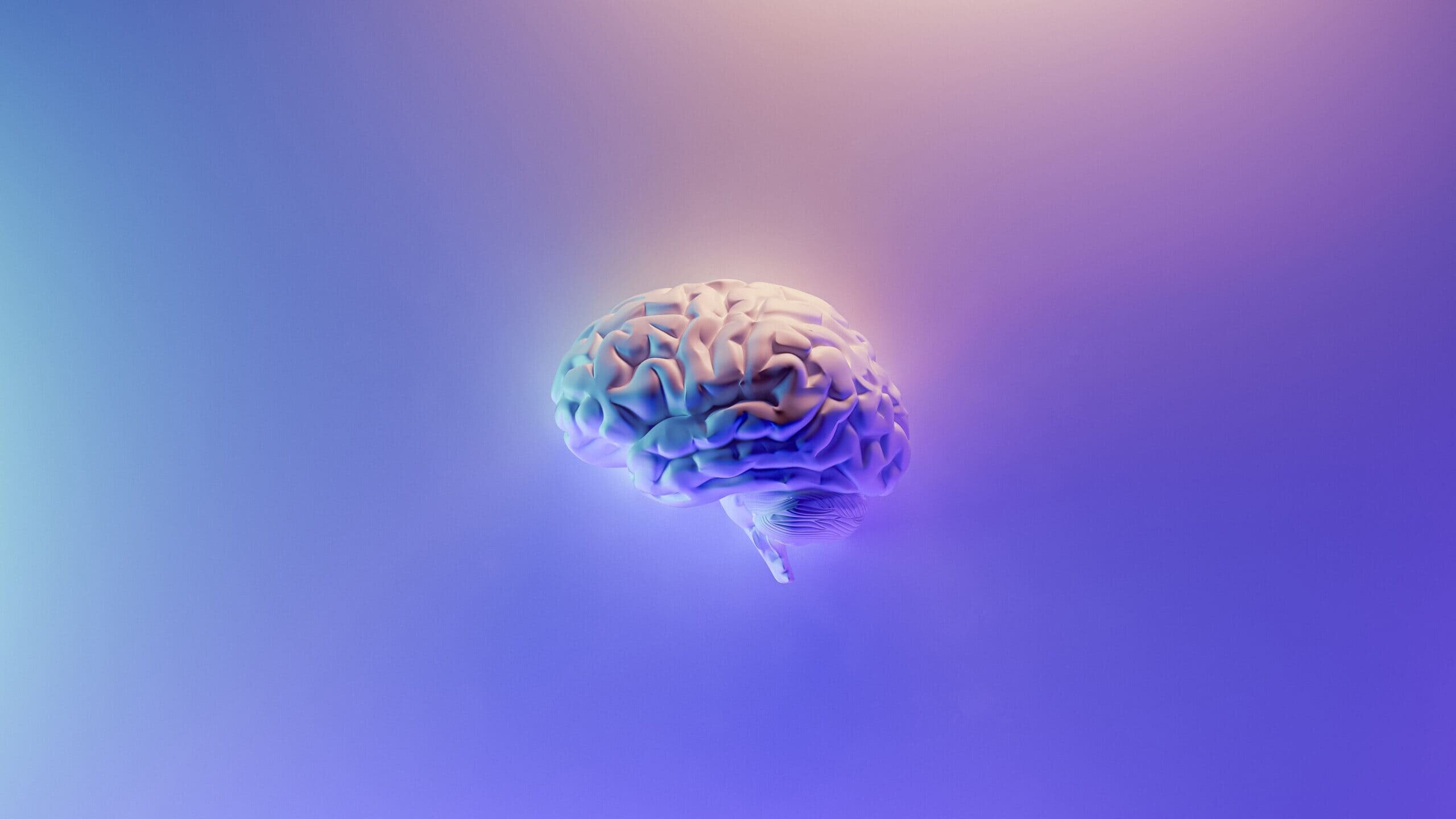Torrance (1965) in his book Rewarding Creative Behavior: Experiments in Classroom Creativity” defined creative thinking as the ability to identify problems, make guesses, produce new ideas, and communicate the results. As Duffy (1998) suggested, creative thinking is the ability to see things in new and original ways, to learn from experience and relating it to new situations – to think in unconventional and unique ways – to use non-traditional approaches to solving problems, and creating something unique and original.
Creative thinking is not a term that can be restricted to people with technical skills alone, it can be used by the layman in his everyday life. Most people see creative thinking as an uphill task. They come to this conclusion after they’ve spent hours trying to find solutions to problems, but nothing seems to be popping out of that brilliant mind as a worthy output.
Paul and Elder(2004) in their work for Foundation of Critical Thinking “Critical and Creative Thinking Guide”, explained that creative thinking is most explained and understood in simple everyday thought. Every actual effort of attempting to figure out anything by a person is a new procession of creative thinking. We routinely and automatically get so creative that we typically don’t recognize ourselves involved in creative thinking. They further explained that with creative thinking, what we do is to modify our existing ideas by accommodating what we believe to new information we learn. This explanation by Paul and Elder(2004) asserts that the human brain thinks creatively based on existing or immediate actions or knowledge.
Wang(2012) in his article “Exploring the relationship of creative thinking to reading and writing”, explained that reading and writing activities have been intuitively connected with creative activities that foster creative thinking. This is mainly because reading and writing often require critical, analytical, and self-expressive abilities, as well as a sense of self-discovery.
Moffett & Wagner (1983) in their book “Students Centered Language Arts and Reading” demonstrated how reading and writing are related to thinking. Sturgell (2008) in his article “Touchstone Texts: Fertile Ground For Creativity” also pointed out that reading texts provide abundant resources for creative ideas to flourish. In addition, McVey (2008) in his article “Why All Writing Is Creative Writing” elaborates that any kind of writing is itself creative, and reading and writing should be promoted for “endless creative possibilities”. Based on this conception, many researchers have advocated the idea that creativity can be encouraged through learning activities, especially reading and/or writing.
Thus, for you to think creatively, the onus is on you to feed the brain with enough knowledge to work on. Feeding your brain with knowledge doesn’t just fill your head with new facts, theories, strategies, experiences, et cetera, it changes the way your brain works for the better. Tayor and Sacks (1981) in their article “Facilitating Lifetime Creative Processes— A Think Piece explained that creative potential exists among all people and can be improved through learning. Therefore, anyone who seeks to open the endless flow of creativity via creative thinking should be aware that it is best to develop a positive attitude towards reading and writing, practice reading and writing copiously on a variety of topics and fields.
Fox Animated Engineering will accurately illustrate events: Vehicular Cases, Medical Cases, Construction Cases and Intellectual Property Cases. Click here to reach out to our team.





